Separations for Proteins and Large Biological Molecules
Large Molecule LC (Bio LC)
The separation of active ingredients that have been manufactured using biological processes often requires a different approach.
How do I separate my proteins? How do I characterise my mAbs? Owing to their size and nature, they are inherently more difficult to separate. Monoclonal antibodies, antibody-drug conjugates and some peptides require different techniques and a different approach when it comes to separation.
Product pages
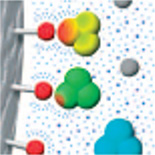
Hydrophobic Interaction Chromatography (HIC)
HIC is an excellent technique for the separation of proteins without causing denaturing, therefore scaleable from analytical to downstream processing.
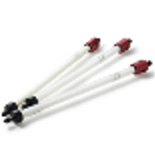
Size Exclusion Chromatography (SEC)
SEC is used to separate components according to their molecular size. It is non-adsorbtive meaning no chemical interaction.
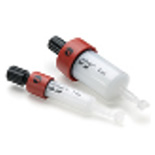
Ion Exchange Columns
Ion exchange separates on the basis of charge on the molecule. It is used often for the separation of peptides, proteins and oligonucleotides.

Widepore Reversed Phase HPLC
A 300Å pore size with a C4 or C8 phase is suitable for small proteins and large peptides. Proteins are retained by adsorbtion of the hydrophobic foot.
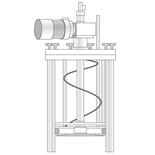
Chromatography process media
You are looking for a range of media manufactured under cGMP conditions that can fulfill your needs from lab to production scale.
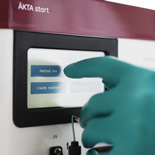
Automation Protein Purification
If you need to improve efficiency in your laboratory protein purification, instrumentation and software could help you acheive your goal.